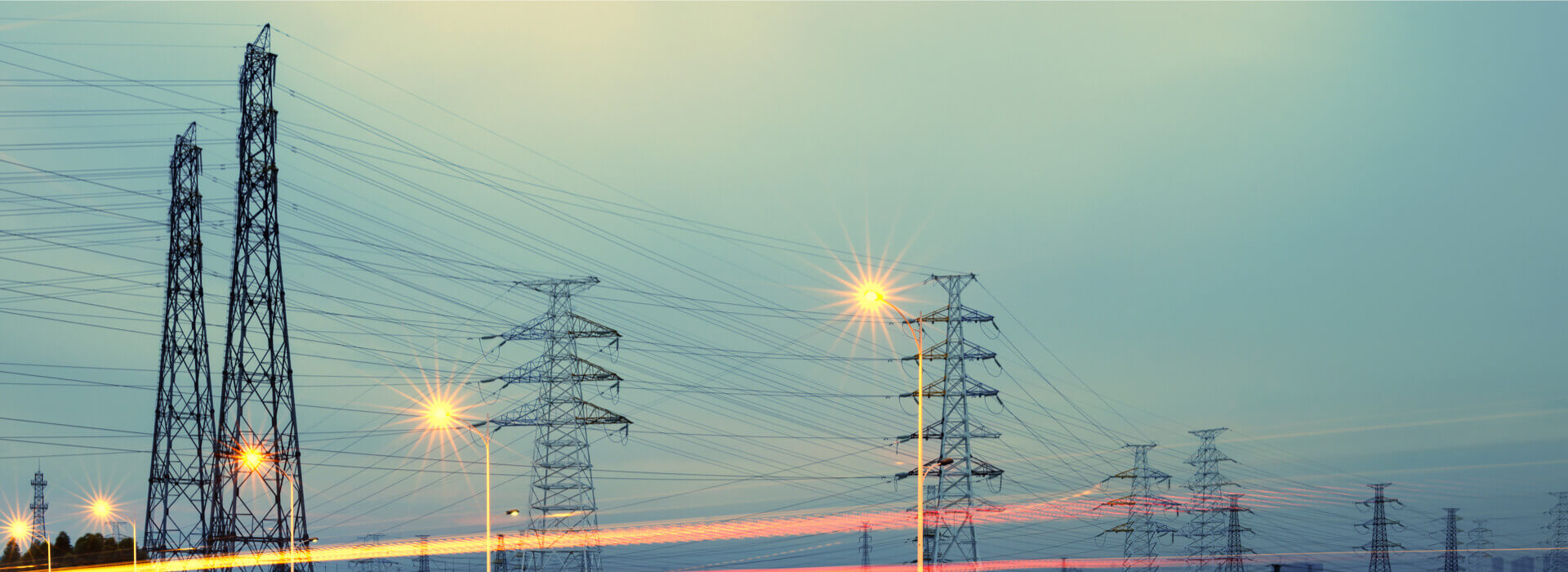Green
A Producer of Green Technology
With the green concept that we have only one earth, Nanya insists on leaving the best environment to every future generation. We actively manage all impacts on the environment incurred during operational processes on the aspects of energy, resources, emissions, and waste. As climate change has become one of the most significant global risks, we implemented risk identification, assessment and management in accordance with the framework of the TCFD Recommendations to enhance our operational resilience under the risk of climate change.
Scope of the data display on this page is mainly located at Nanya Technology Corporation’s production site and doesn’t cover subsidiary.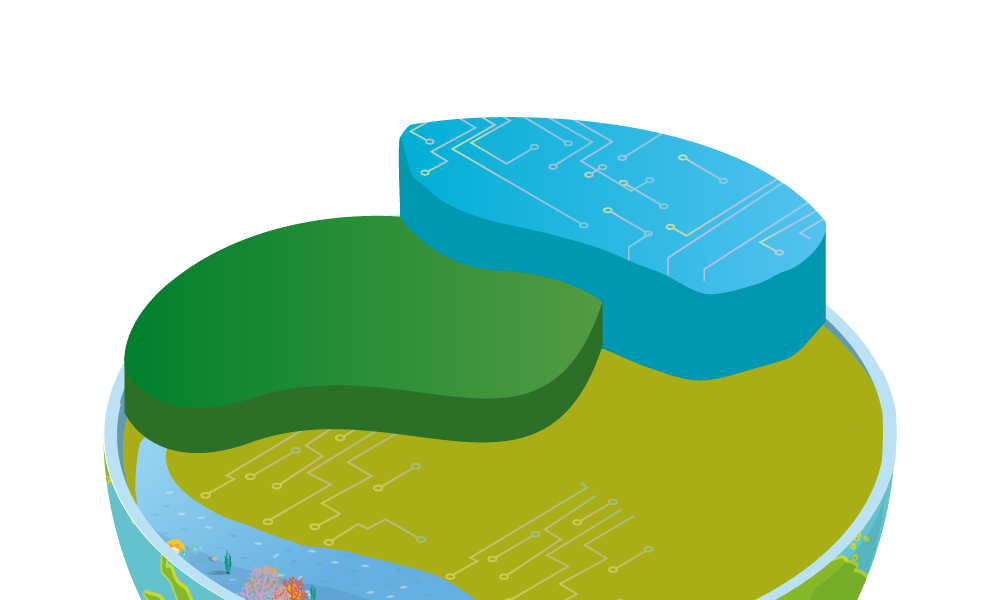
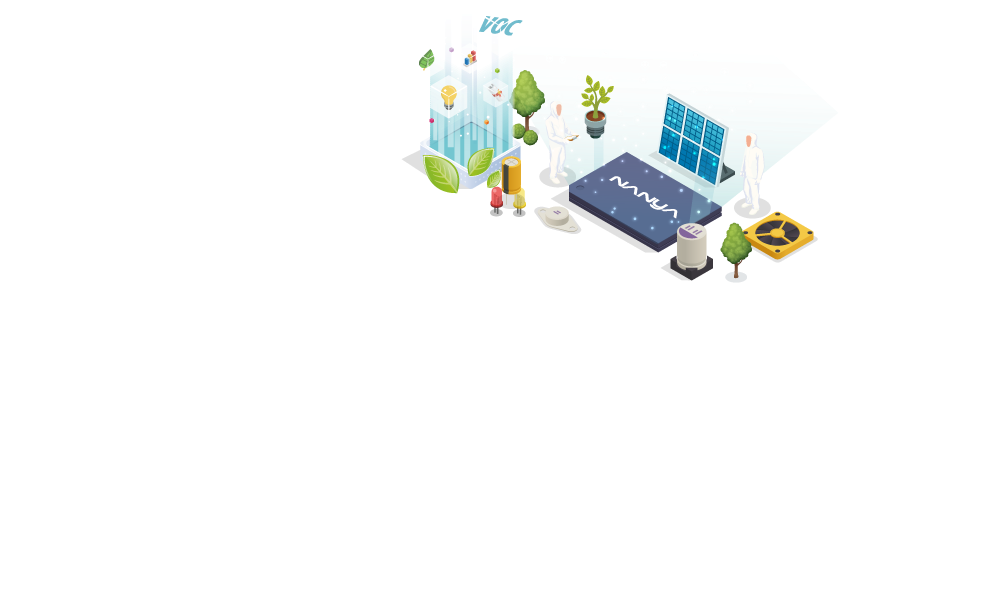
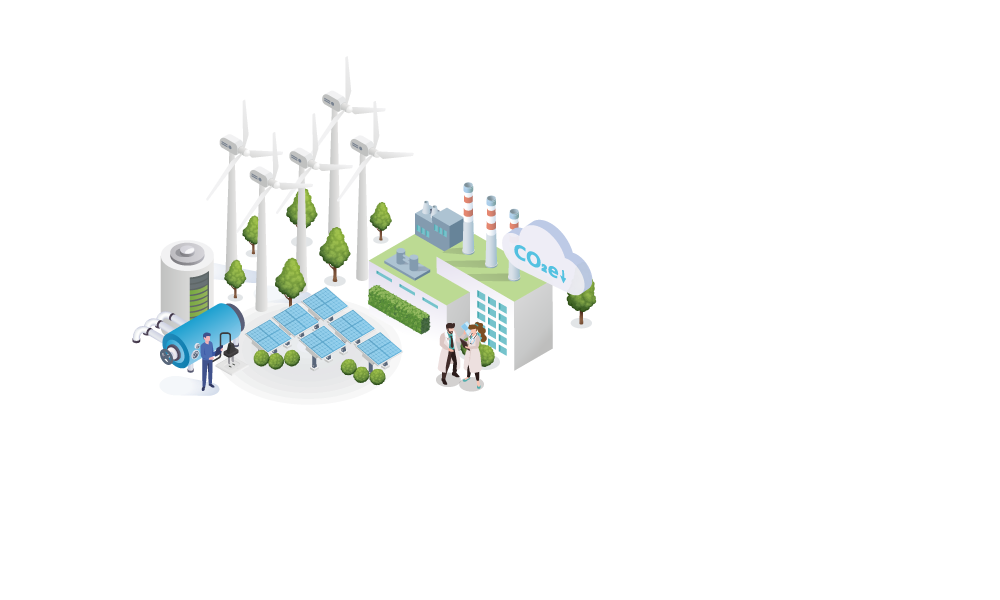
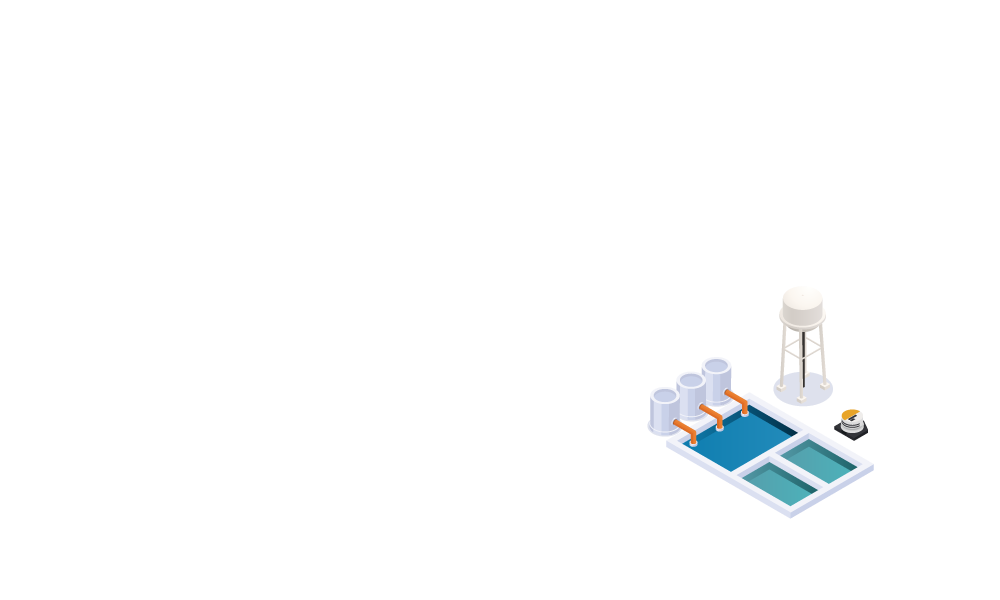
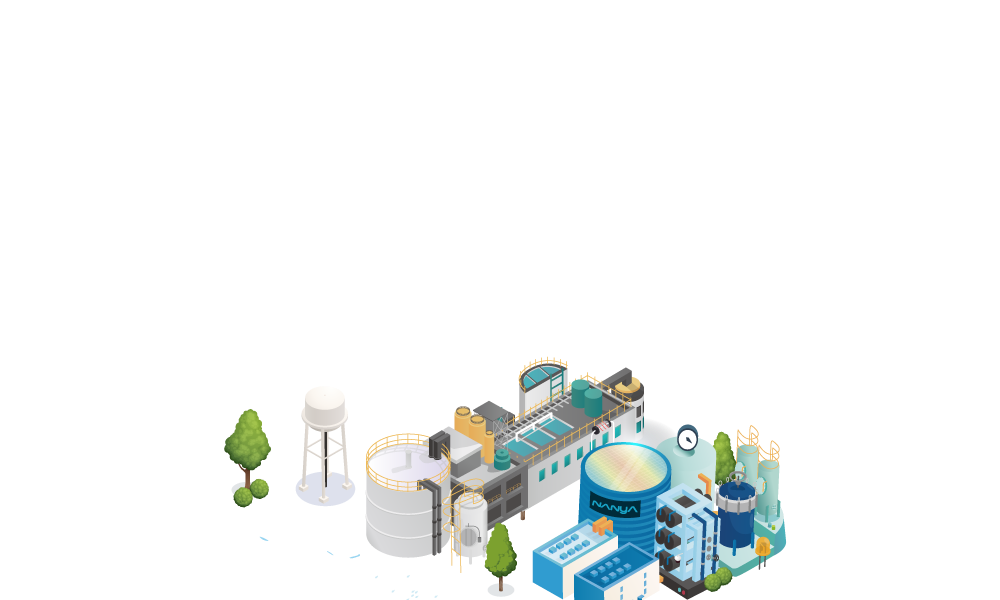
Statistics
-
100 %
Greenhouse gas verification in the factory area and coverage rate of climate change risk identification
-
90.8 %
Annual average process waste water recovery rate
-
46.3 %
Reduced VOCs emissions per unit production capacity by 46.3% compared with 2017
Strategy and Performance
Climate Change Management
Nanya responded to the international trend of carbon reduction by implementing the Recommendations of the Task Force on Climate-related Financial Disclosures (TCFD), which was provided the international Financial Stability Board (FSB), in 2018 and publicly supported the TCFD in 2021, actively establishing mechanisms and strengthening operations. We developed strategies and actions in response to climate change on aspects of governance, strategy, risk management, and metrics and targets, in hopes of reducing the impact of climate risks. [Here to download the entire TCFD report]
-
GovernanceManagement strategies and actions
- Establishing the Risk Management Committee under the board
- Climate change strategy are established by Sustainability Committee, which is chaired by the President
- Sustainability Committee, Risk Management Promotion Center, and Project Improvement Organization (energy-saving, waste-reduction, and carbon-reduction) are responsible to implement climate change management
- Risk Management Committee had held 6 meeting to supervise operation risks which include emerging risks (carbon fee or renewable energy)
- The Corporate Sustainability Committee convened quarterly, discussing corporate sustainability topics such as corporate governance, society, environmental protection, and energy conservation. Responses to climate change was also one of the discussion topics. The discussion topics were listed as resolutions or action items that required follow-ups and improvements. For example, formulating a renewable energy plan and discussing the SBT
- Energy conservation management plans are formulated each quarter, and implementation is reviewed. Of the 35 plans in total, 33 were energy conservation plans and an estimated 7,585 MWh was saved
-
StrategyManagement strategies and actions
- Based on the TCFD framework, short, medium, and long-term climate-related risks and opportunities are periodically identified, and so are impacts of climate-related risks and opportunities on organizational operation, strategy, and financial plans
- The resilience of organizational strategy is considered under different climate scenarios
- Establishing 5 strategies which are “Low Carbon Product R/D”, “Green Technology Production”, “Adapting to Climate Risks”, “Join Hands with Sustainable Partners”, and “Cultivate Climate Awareness”
- In accordance with the TCFD methods, short, medium, and long-term climate-related risks and opportunities were discussed and identified cross-departmentally. A total of 23 risks and 11 opportunities were identified
- We used the 2℃ global warming scenario of the UN Intergovernmental Panel on Climate Change (IPCC) and International Energy Agency (IEA) to analyze climate risks during operational processes and up/down stream, and developed relevant mitigation measures that complied with the Adaptation Policy Framework for Climate Change. In addition, we formulated a long-term mitigation and adaptation strategies and goals
- We have submitted an application to achieve the SBT certification by 2030, and completed the schedule for purchasing renewable energy and planning of financial expenses
-
Risk ManagementManagement strategies and actions
- Impact levels and occurrence probability are used to assess the significance of related risks and opportunities brought by the climate change, and relevant response measures are set
- Climate risk identification and assessment results are incorporated into the Enterprise Risk Management (ERM), and are periodically verified by senior management
- Identified a total of 9 material risks and 11 material opportunities, such as carbon fee and low carbon production R/D
- Material risks that were identified include carbon fee, renewable energy requirements from regulations and customers. The financial impacts were estimated and reported to senior management for review in the annual meeting of the Finance Risk Management Committee
-
Metrics & TargetsManagement strategies and actions
- Greenhouse gas management and goals of resource recycling and reuse are stipulated
- The scopes 1/2/3 of greenhouse gas inventory and verification are conducted annually to confirm sources of greenhouse gases for key project management
- Compiled an inventory of the carbon footprint of all products and implemented management plans to improve hot spots of carbon footprint
- Implementing supplier chain improvement projects
- We aim to participate in the international Carbon Disclosure Project (CDP), disclosing information on carbon emissions and communicating with stakeholders
- Compliance with renewable energy regulations on major electricity users, and set the mid and long-term renewable energy targets
- Setting Science based target, we will reduce 25% carbon emissions by 2030 compare to 2020
- We set the goal to reduce GHG emissions per die by 25% from 2017, and the goal was achieved
- A total of 33 energy conservation plans were completed in 2021, and saved an estimated 7,585 MWh
- Completed the inventory of the carbon footprint of all products and implemented management plans to improve the three hot spots of carbon footprint in the 2020 inventory
- Implementing supplier chain improvement projects, which save 3,315 MWh in 2021
- We received the ratings of A- in the CDP in 2018 and 2019, and acquired excellent result by receiving the rating of A List leadership level in 2020 and 2021
- We Used 2.6 million kWh of electricity from onshore wind farms, signed a 10-year contract with a solar power plant in 2022 to purchase and use 25 million kWh of renewable energy by 2023. We set a target of renewable energy to reach at least 25~30% of electricity use in 2030
Greenhouse Gas Inventory
The main sources of greenhouse gas emissions from semiconductor fabrication plants are electricity and perfluorocarbons (PFCs). Among them, electricity is essential for operation and production, enabling all machinery and equipment at plants to normally operate. PFCs are perfluorocarbons and other compounds of the same kind used in production process, categorized into the greenhouse gases with high global warming potential.
Nanya commissioned SGS to complete verification of ISO 14064-1 GHG emissions, including Scope 1, Scope 2, and Scope 3.The inventory scopes of Nanya were all operating locations in Taiwan. The main sources of GHG emissions were purchased electricity and steam (accounting for about 86.88%) and process emissions (accounting for about 13.12%).
-
Percentage accounted for by Scope 1 and Scope 2 emissions in 2021
-
GHG emission trends in 2018-2021
To improve the integrity of greenhouse gas (GHG) inventory in our value chain, we have conducted scope 3 inventory in accordance with the Greenhouse Gas Protocol, and have passed external verification of the ISO 14064-1 standards. The emissions of 7 items in Scope 3 GHG emissions passed verification in 2021. The highest GHG emissions came from the use of sold products, followed by the purchased goods and services in the upstream. The fuel-and energy-related activities not included in scope 1 or scope 2 stood at the third place.
2021 Scope3 GHG Emission
Electricity consumption from 2018-2021
Renewable Energy Use and Planning
Nanya carries out planning and implementation of renewable energy use in the following three phases.
-
Phase 1
Self-development evaluation and trial implementation. Nanya purchased 362 T-RECs through the renewable energy trading platform in 2020, and also began evaluating available spaces in existing factories, planning the establishment of a solar power plant with installed capacity of 456.28 kW (completed in coordination with the expansion of the new factory). We are also installing 27.36 kW of solar panels on the rooftop of our new building, and expect to complete construction in 2022. New factories in the future will also fully utilize land resources to install green energy facilities.
-
Phase 2
External cooperation. Nanya is working with renewable energy selling enterprises to obtain more electricity, and is gradually expanding consumption based on regulatory requirements. In 2021, we used a total of 2,600 MWh in renewable energy, and expect to use 7,880 MWh or more of renewable energy in 2022. Starting, in 2023, we will gradually increase renewable energy use until we reach 25,000 MWh or more.
-
Phase 3
Becoming aligned with international standards by achieving net zero emissions. In order for the percentage of renewable energy to reach 25-30% by 2030 to achieve the SBT or RE100, Nanya will target the supply contracts of large renewable energy plants to further increase its renewable energy consumption.
Enhancing Energy Usage Efficiency
Nanya implemented ISO 50001 Energy Management Systems and completed certification in 2018. We invested NT$21.8 million in 2019 to establish the energy management system platform, and utilized the energy consumption real-time monitoring platform for statistical analysis of system equipment and smart energy conservation management. Nanya completed a total of 33 energy conservation management projects in 2021, and total energy conservation benefits reached 7,585 MWh/year; 25 energy conservation management projects (21 new projects and 4 ongoing projects) will be implemented in 2022 and are expected to provide energy conservation benefits reaching 5,993 MWh/year.
Energy consumption real-time monitoring platform
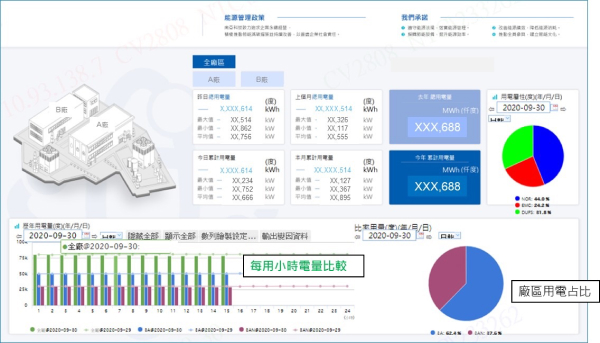
Water Resource Management
Due to the effect of global climate change, rainfall has become polarized in Taiwan, resulting in floods and water shortages occurring at the same time. As an important member of the semiconductor industry, Nanya has monitored the risk of water shortage caused by global climate change, and understands the effect of climate change and water resources on operations. Nanya continues to implement water conservation measures and strives to recycle and reuse water to reduce its impact on the environment and the risk of water shortage. Our efforts in water resource management has gained the recognition of the CDP, an international environmental evaluation indicator. Nanya was ranked at the leadership level "A-" in Water Security for two consecutive years, recognizing our efforts in climate change and water resource management for global sustainability.
Nanya's main strategies for water resource management are as follows
Water Resources Structure
Nanya's total water withdrawal was 3,456.524 million liters in 2021, in which Taoyuan Canal is the main source of water, accounting for approximately 98.8%, followed by tap water at approximately 0.8%, and rainwater at approximately 0.4%. Our production capacity in 2021 increased 0.3% compared to 2020, and the continued installation of advanced processes led to an increase in total water withdrawal of 2.3% compared to 2020. In terms of water use intensity, water consumption per unit production capacity was 3.08 metric tons/thousand die in 2021 (up 2.3% compared to 2020), and water consumption per unit revenue was 4.04 metric tons/NT$1 million (down 26.9% compared to 2020).
Run chart of 2018-2021 water consumption
Water Resource Risk Management
Our main water source comes from the Shihmen Reservoir, and is channeled and processed through the Taoyuan Canal before being supplied as production water. The gravity flow is used to independently channel water without affecting the ecology of water resources and any other purposes of usage. In addition, rainwater harvesting can supply production water and tap water for household use. To reduce the risk of short-term water shortages inherent in the geographical location, we have continuously promoted water-saving measures, and committed ourselves to water recycling to strengthen our adaptability. The amount of water needed by production is huge so water shortage will cause production interruptions, affecting the output and delivery. To mitigate immediate impacts caused by short-term water shortages, a cistern with a capacity of 43 ktons and two detention basins each with a capacity of 4.06 ktons have been built in the plant to effectively harvest rainwater during the rainy season. Moreover, Nanya and the adjacent factories of the Formosa Plastics Group have cooperated to set up an emergency response organization for water shortages. When water shortages occur, the members of the emergency response organization can urgently deploy water resources to support each other. Therefore, no production losses have occurred owing to water shortages. Read More
Nanya actively implements water conservation measures and plants currently have acid-alkaline waste water, hydrofluoric waste water, and organic waste water recovery systems. Along with the implementation of various water saving measures, the process water recycling rate reached 90.8% in 2021 . In 2021, the water consumption from waste water and rainfall harvesting methods totaled 5,450 million liters, accounting for 159% of the company's water consumption. In the future, to coordinate with the expansion plan of plant area, an estimate of NT$430 million has been invested in building new hydrofluoric waste water COD and total nitrogen treatment systems, which not only will solve the problem of excessively high hydrofluoric waste water COD and total nitrogen, but also recover the hydrofluoric waste water at the same time. It is estimated that additional 1 million liters hydrofluoric waste water will be recovered daily. The systems are expected to be completed in 2022.
Cooperation and Communication
Besides implementing internal water resource management and evaluation, Nanya is also actively implementing water conservation measures and water recovery and reuse, and participates in the industry association for water conservation related guidance and experience sharing.
Raw Materials Reduction and Reuse
Raw Materials Reduction
Nanya regularly reviews the rationality and appropriateness of raw material use. Moreover, we reduced the use of raw materials by streamlining the manufacturing process. The responsible organization of the company set implementation goals for raw material reductions every year, and periodically reviewed the performance of reductions in the entire company's raw materials. Accumulative 38 entries in improvement proposals regarding the consumption of raw materials were completed in 2021, including formula development of new processes, reductions of process time, extensions to use cycle, and reductions of process consumption. Among improvement plans in 2021, the thin film area used the same raw materials to integrate different processes, and effectively improved the efficiency of raw material use; the greatest benefits were from reducing the use of SOD (Spin on Dielectric) by approximately 20L (9%) and cleaning solution HC-100 by approximately 1,000L (7%) each month.
Improved performance of raw material consumption
-
High-k dielectric material – ZyALD consumption improvement
- Before improvement: Use of high-k dielectric material in processes caused vaporizer to be clogged and resulted in waste of gas cylinders.
- Improvement method: Chromaticity is highly correlated to non-volatile residue, so the supplier was requested to establish a chromaticity testing method and improve the process.
- Improvement results: Reduced the number of times gas cylinders are replaced each month by 3 times, and reduced monthly ZyALD consumption by approximately 5.5%.
-
Photoresist consumption improvement
- Before improvement: The nozzle needs to be cleaned every hour to prevent photoresist crystals from clogging the nozzle.
- Improvement method: Adjust the photoresist nozzle cleaning formula to extend the cleaning cycle.
- Improvement results: Saved 100L of photoresist each month, and saved 4,700L of cleaning solution each month.
Recycling Outside Plant
Nanya outsources the disposal of 100% of the waste it generates. The waste is processed into industrial raw materials, construction materials, or other raw materials, including usage as fuel for incinerators. The percentage of waste generated by Nanya that was recycled in 2021 reached 94.9%, in which 90.7% of general waste was recycled and 96.5% of hazardous waste was recycled. Read More
Case Study
Copper recovery from CuSO4 Solution
-
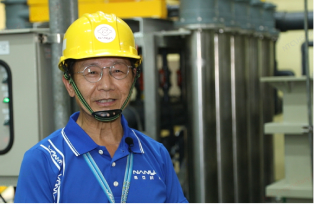 Circular Economy Nanya put a lot of effort in creating circular economy, invest in process water recycle system and fulfill the target to resourcelize the waste of the fab.
Circular Economy Nanya put a lot of effort in creating circular economy, invest in process water recycle system and fulfill the target to resourcelize the waste of the fab. -
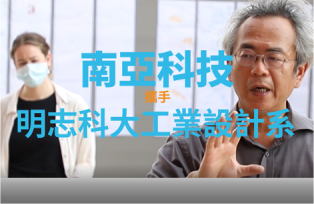 Where is the Copper from? Nanya Technology cooperates with Department of Industrial Design, Ming Chi University to hold an interdisciplinary design competition“Copper Together - Transformation of Copper Sulfate Waste”.
Where is the Copper from? Nanya Technology cooperates with Department of Industrial Design, Ming Chi University to hold an interdisciplinary design competition“Copper Together - Transformation of Copper Sulfate Waste”. -
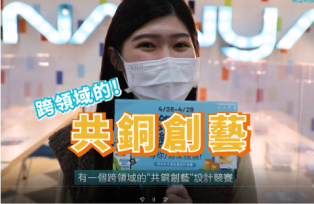 What else can Copper become? With the people-oriented design thinking mindset, copper foil was reused and transformed to demonstrate our high regard for climate change and environmental sustainability.
What else can Copper become? With the people-oriented design thinking mindset, copper foil was reused and transformed to demonstrate our high regard for climate change and environmental sustainability.
Protection of Ecology and Species Resources
Nanya has made the following six commitments to protect ecological resources in its operations and supply chain
Ecological Resource Protection Goals
Nanya set performance indicators and goals for the Company and suppliers under the commitment to ecological resource protection, in hopes of having a greater positive influence on biodiversity in the overall value chain.
Nanya will disclose the nature-related risks and coping measures through four major steps (Locate, Evaluate, Asses, and Prepare), which is based on the structure of TNFD (Taskforce on Nature-related Financial Disclosures, TNFD). Nanaya have finished step 1(Locate) and 2(Evaluate), and will step by step to achieve the goal of NNL by 2030.
Environmental pollution prevention
Based on the environmental protection and commitments of environmental impact assessment, the company regularly monitors environmental impact factors, such as air quality, noise and vibration, the quality of surface water and groundwater, traffic flow, and the ecosystem within the scope of development to truly appreciate its impacts on the environment. There has been no violation of environmental regulations since 2014. In addition, Nanya has checked with the competent authorities that Nanya's developing areas are not at an environmentally sensitive location or a location with specific purposes. In the Environment, Safety and Hygiene Policy, Nanya has made every effort to promote various measures to reduce waste and recycle resources to comply with relevant requirements of regulations as well as to respond to the commitments to environmental protection-related requirements signed by the company.
Air Pollution Control
Since the plant was set up, we have put great emphasis on pollution control. Not only have we effectively reduced material consumption and lowered the concentration of waste gas emission, but also have used air pollution control equipment in compliance with statutory standards. To continue to maintain the best performance of treatment equipment, every equipment is maintained and inspected periodically. The operators receive complete training and education are to maintain the system in good operation and ensure that the waste gases emitted do not endanger the environment.
Main air pollutants generated by Nanya are divided into acidic/alkaline waste gases and organic waste gases. Waste gases are channeled to suitable treatment processes and equipment based on their characteristics. Waste gases are channeled into local scrubbers after being generated on the process end. After removing specific substances, acidic or alkaline waste gases are concentrated in acid/alkaline scrubbers and released into the atmosphere after treatment. Organic waste gas is absorbed and concentrated by the zeolite rotor, and then imported into the post-combustion equipment to be directly broken down. The combustion efficiency rate reaches 99%, which substantially exceeds statutory standards. Moreover, the reduction rate of overall volatile organic gas emissions is kept above 90%, meeting the statutory requirements.
Air pollution control flowchart
Water Pollution Control
To avoid environmental pollution and ecological impacts owing to abnormal quality of wastewater, we have spared no effort to prevent and control water pollution, gradually upgrading and investing in wastewater treatment facilities. The in-plant wastewater treatment is carried out in over 20 different pipelines. The wastewater is mainly classified into organic wastewater, general acidic and alkaline wastewater, hydrofluoric wastewater, and high-concentration liquid waste that is outsourced for treatment.
In 2016, additional wastewater systems and recycling systems were installed. These systems were classified into the following types: acidic and alkaline, organic, and hydrofluoric acid (HF) wastewater systems. In 2017, a reclamation system with reverse osmosis (RO) was added, which could increase 0.288 million liters of reclaimed water per day. With the expansion of the new plant, the installation of additional organic wastewater reclamation system was completed in 2017, which could increase 1.5 million liters of reclaimed water per day. In 2018, the installation of hydrofluoric wastewater reclamation system was completed, which could increase 0.5 million liters of reclaimed hydrofluoric wastewater. Because of the increase in the reclamation volume of wastewater, the annual average process water recovery rate reached 90.8% in 2021. To coordinate with the expansion of a new factory, we have invested NT$430 million in building new hydrofluoric wastewater COD and total nitrogen treatment systems. This not only will solve the problem of excessively high hydrofluoric wastewater COD and total nitrogen, but also will recover hydrofluoric wastewater at the same time. It is estimated that additional 1 million liters of hydrofluoric wastewater will be recovered per day. The systems are expected to be completed in 2022.


